Die Notizen No. 1
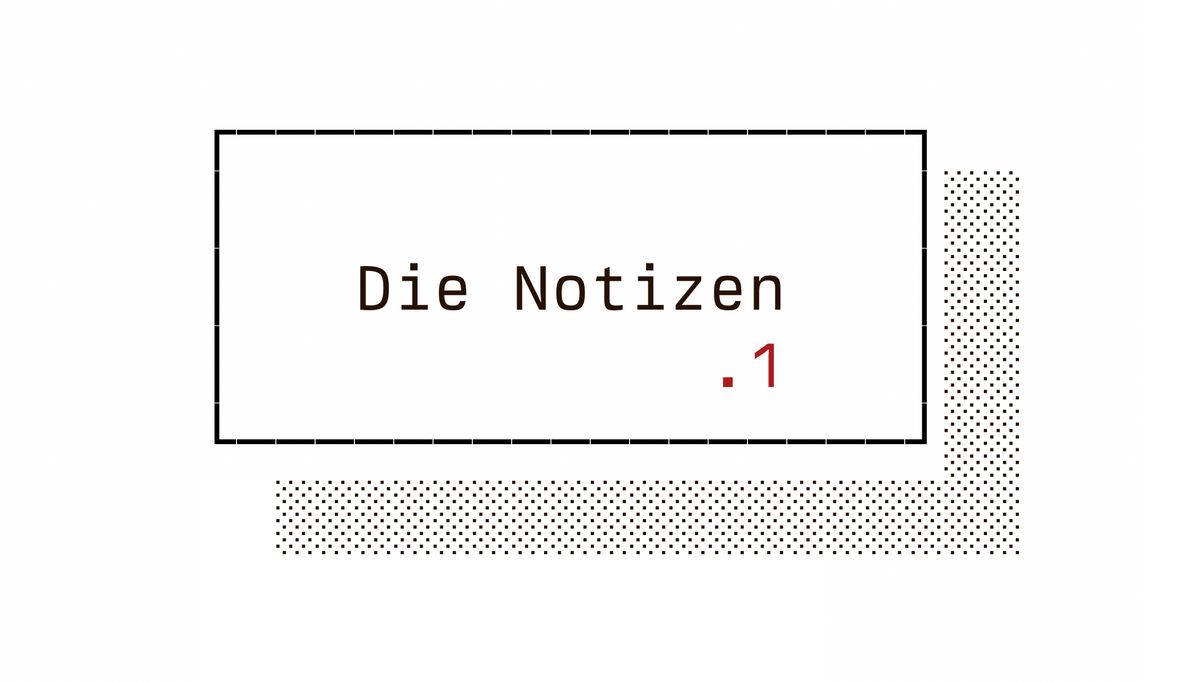
Notiz: /noˈtiːʦ/. Genitive, singular Notiz | nominative, plural Notizen. The German word for “Note”.
This post is an experiment, and it might be a long-term project, depending on my overall mood. My Goal: share an excerpt of the things that occupied my mind and inspired me. Here are some of the Notizen from the past weeks.
2023 Turkey earthquake
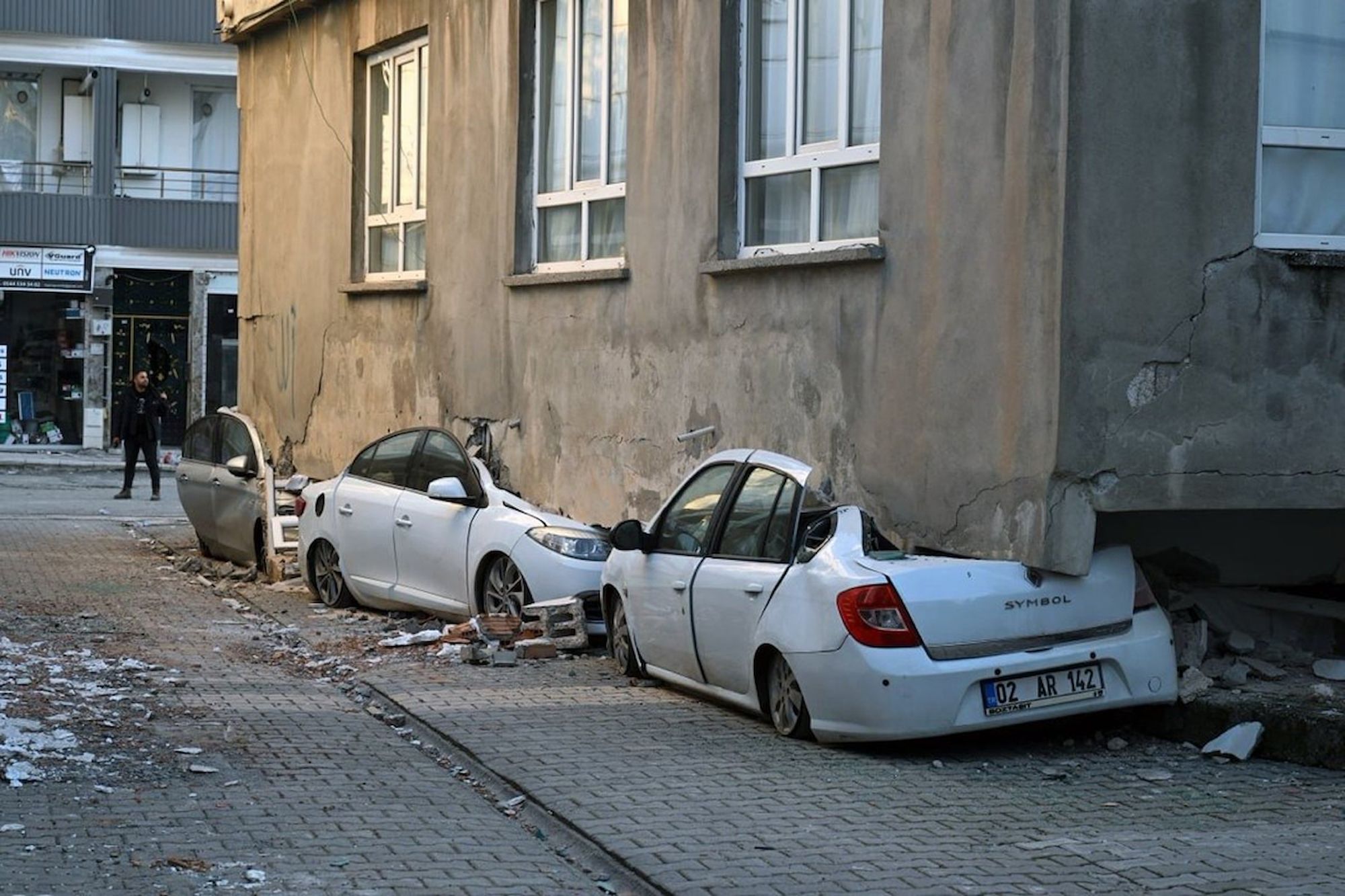
For the past two weeks, Turkey has been struggling with the aftereffects of a devastating Earthquake. We had one of the most devastating earthquakes in Turkey. Over 47.000 People have died, and estimates are 100.000. It’s tragic. No words can describe the feelings of the people living here.
Technical facts from Wikipedia:
On 6 February 2023, a 7.8 earthquake struck southern and central Turkey, as well as northern and western Syria. It occurred 32.4 km (20.1 mi) west–northwest of Gaziantep at 04:17 am TRT (01:17 UTC). A 7.7 earthquake occurred nine hours later,47 centered 95 km (59 mi) to the north–northeast in Kahramanmaraş Province. There was widespread damage and tens of thousands of fatalities. . As of 19 February 2023, over 47,400 deaths have been confirmed: over 41,000 in Turkey, and over 6,400 in Syria.
Watch this video to see why the Earthquake was so disastrous for many in Turkey. Yes, the magnitude of the Earthquake was immense, but building codes, bribes, and decade-long corruption have also led to deaths.
Turkey's economy has also tanked, inflation is in three digits area, and people don't have money to spend anywhere. So it's not easy also to fix or rebuild all existing buildings. I'm not sure how to solve this complex situation. It's very political. Turkey is polarized into two camps, and the social attitude doesn't help either. Most buildings are inhabitable, and even buildings that look safe are not safe to enter.
What can we do? My family and I donated, bought tents for some families, and furnished empty houses for earthquake victims. We have neighbors whose whole family has died; we try to support them emotionally, and it’s hard.
Berkeley Mono
I discovered a new monospace typeface, the Berkeley Mono:
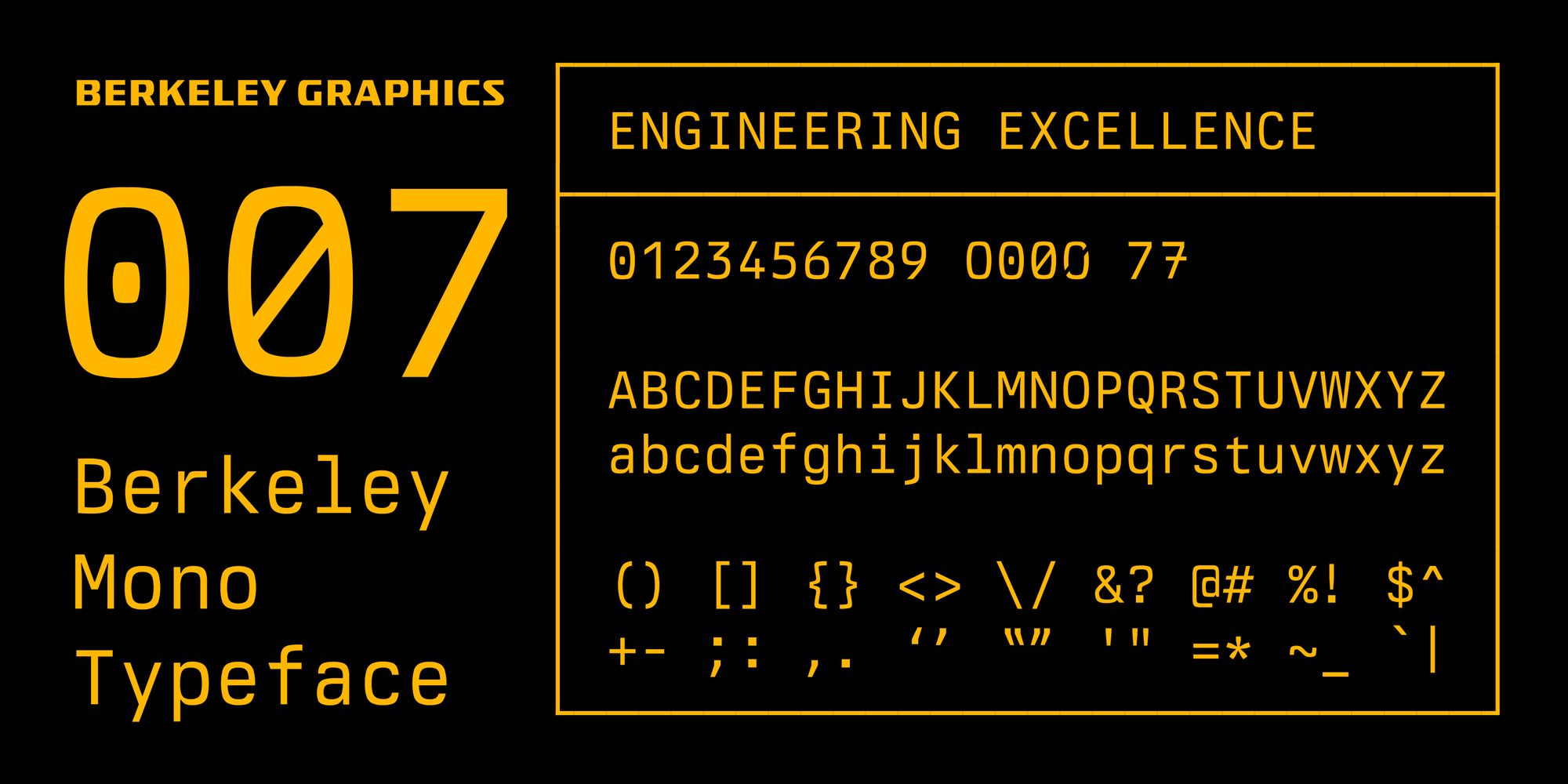
“Berkeley Mono is a love letter to the golden era of computing.”, said the author of this Typeface, Neil Panchal. I discovered this font randomly while reading the HN comments on the blog post “Modern Mono” from Tim Bray. Monospace fonts are fascinating. They are fixed-width fonts created in the early times when computers had limited graphical capabilities. But it’s widely used nowadays by professionals, and text editors, by default, use fixed-width fonts. Everyone has a Monospace typeface that they love. It’s like a sneaker, a car brand. Some are better than others in technical specifications. But it mostly boils down to aesthetics.
I loved Berkeley Mono the moment I saw it. It’s very readable, the glyphs are carefully designed, and it reminds me of the beautiful area of the 80/90’s. It’s like using an IBM PC. It invokes the same feelings as looking at a design piece by Charles Eames. It’s timeless.
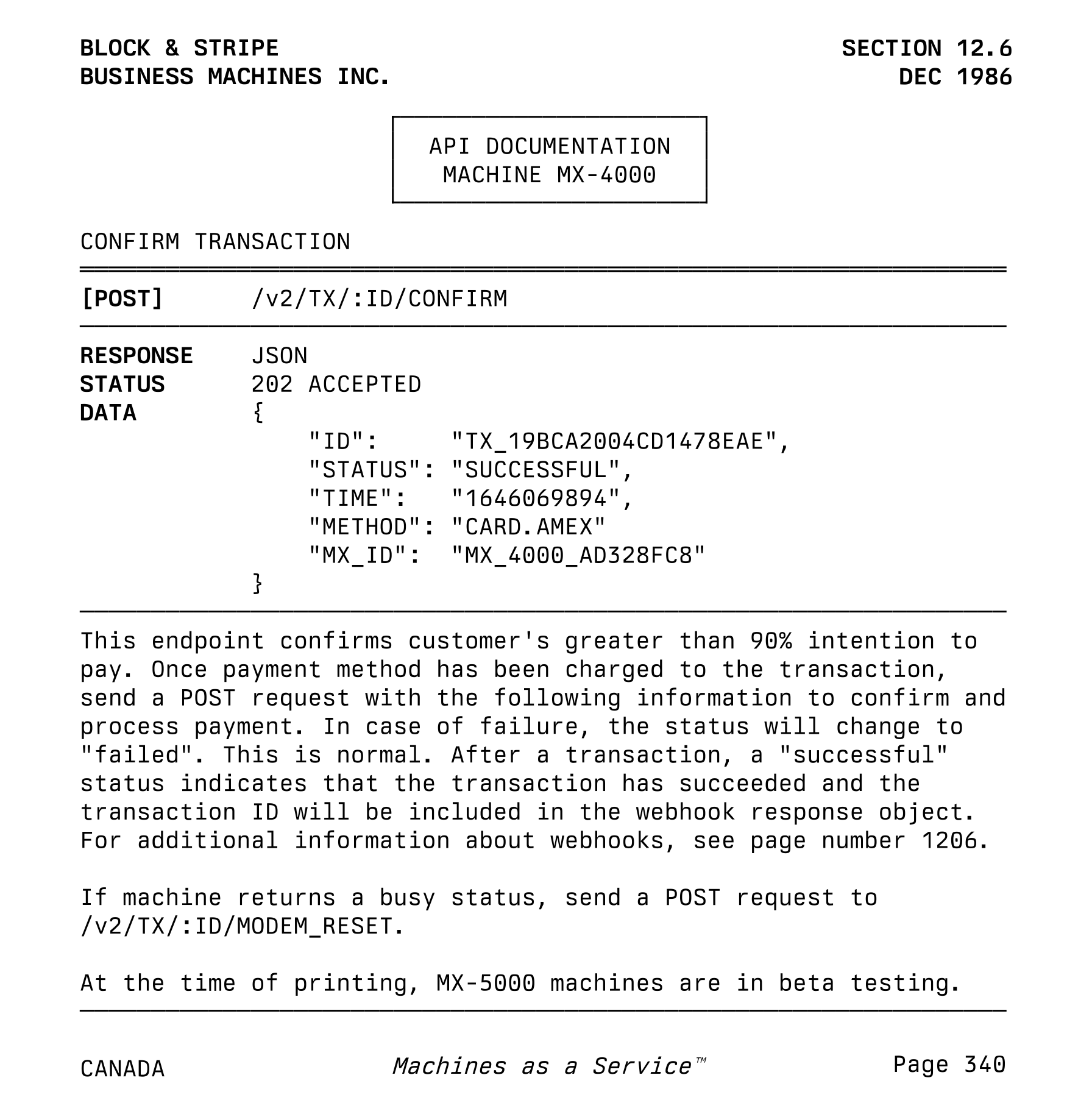

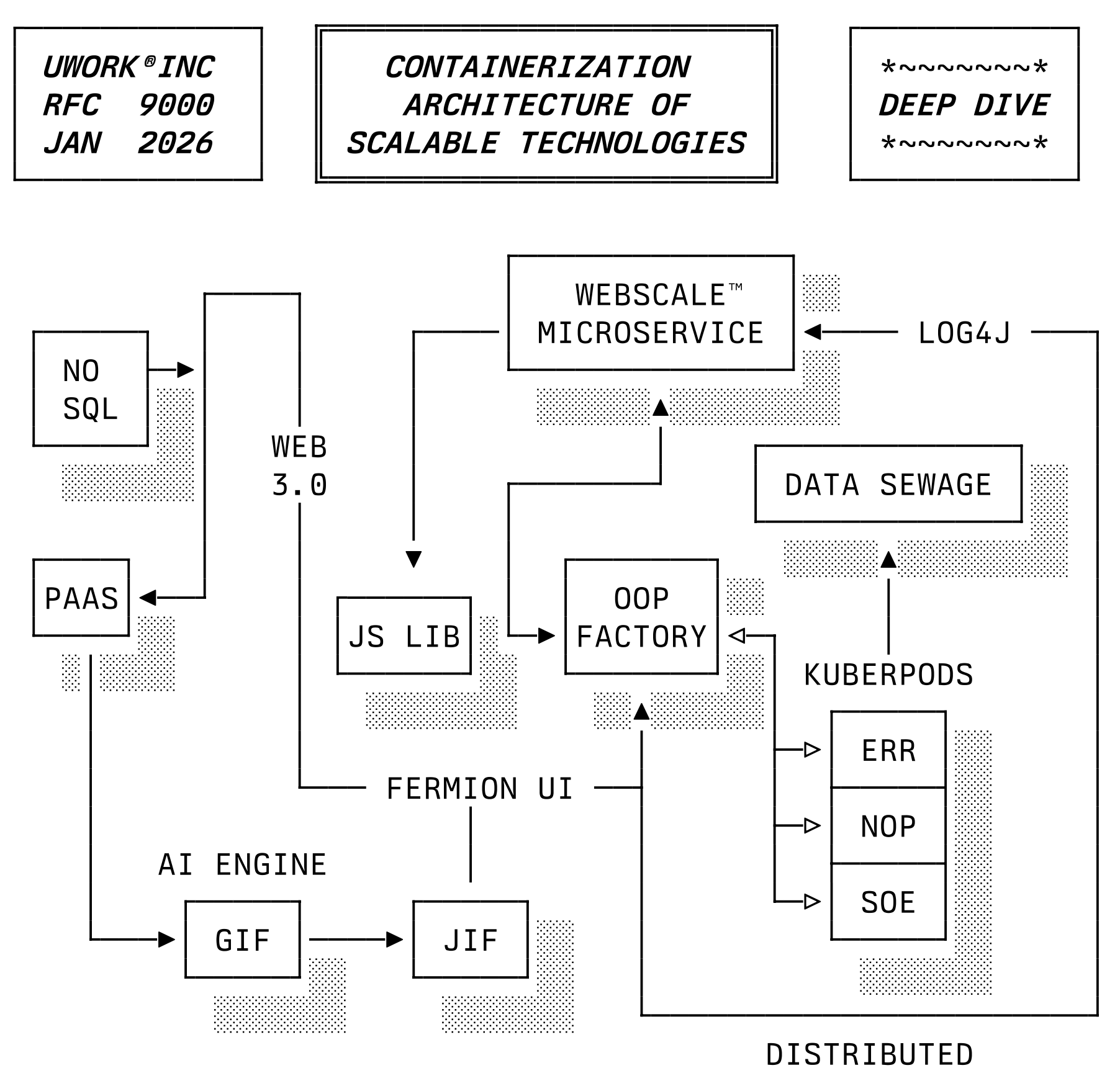
The Typeface is not free, though; a single license costs $75 (there is a trial version for trying it out). And it’s also the first Typeface I paid for. It feels weird being a person that pays for a font. But the craftsmanship and meticulous work invested into the Typeface makes it worthwhile.
https://berkeleygraphics.com/typefaces/berkeley-mono/
The Perfect Angle
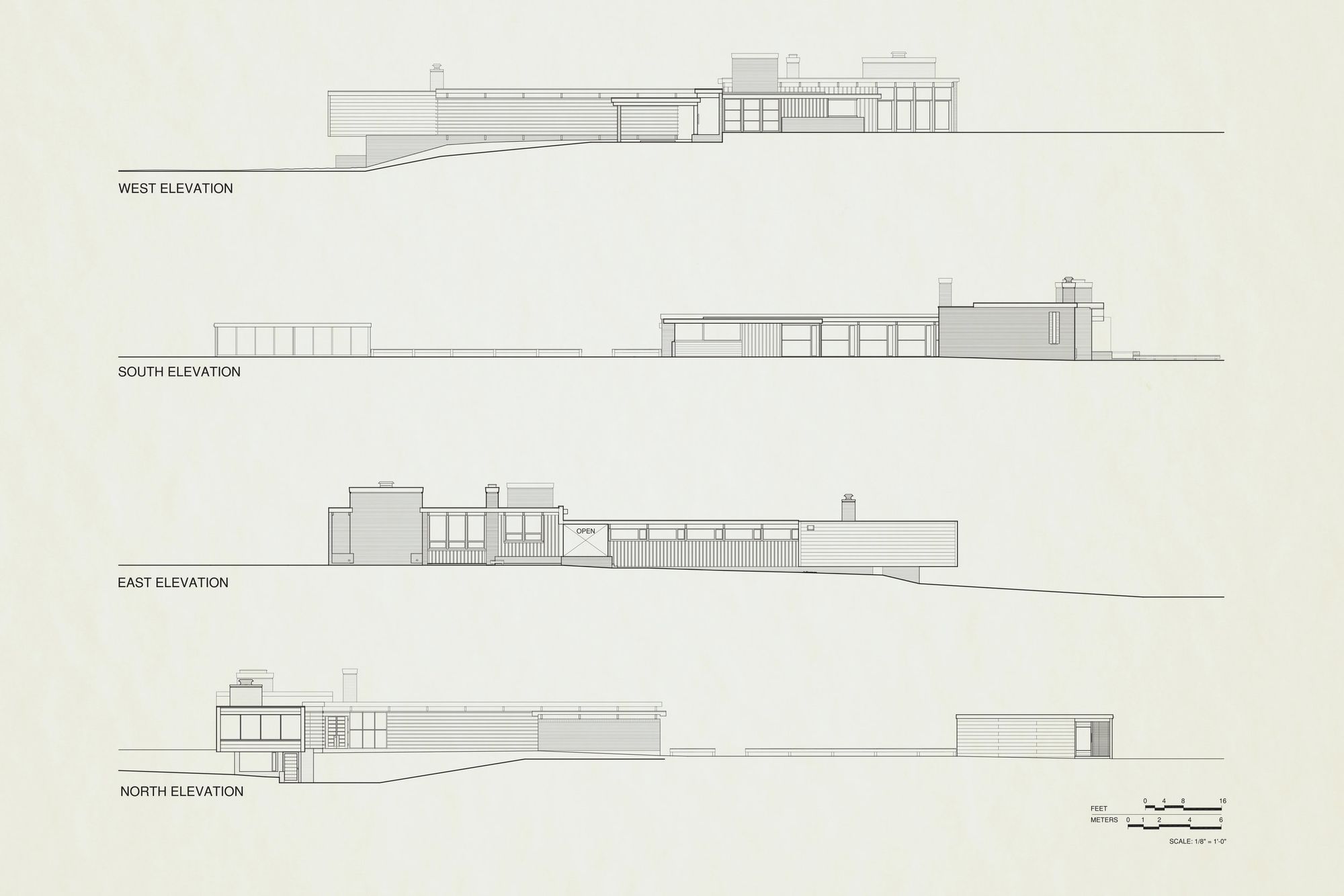
Watch this video of the Schweikher House, built during the 1930s. It explores the term Solar Architecture. Solar architecture is an architectural approach that considers the Sun to harness clean and renewable solar power. The video shows some fascinating techniques, such as slanted roofs to let the Sun into the house during the Winter but prevent Summer sun entering the house.
Flowerpot VP8
The Flowerpot lamps are a family of lamps designed by the famous Scandinavian designer Verner Panton. The light was designed in 1968 and came in various forms (desk, wall, pendant, table, etc.). This particular lamp model is the VP8. The Flowerpot is most famous for its VP3 model (table lamp), but the wall lamp is also designed well. It comes in different colors, the cable can be cut for seamless integration, and it costs around $300.
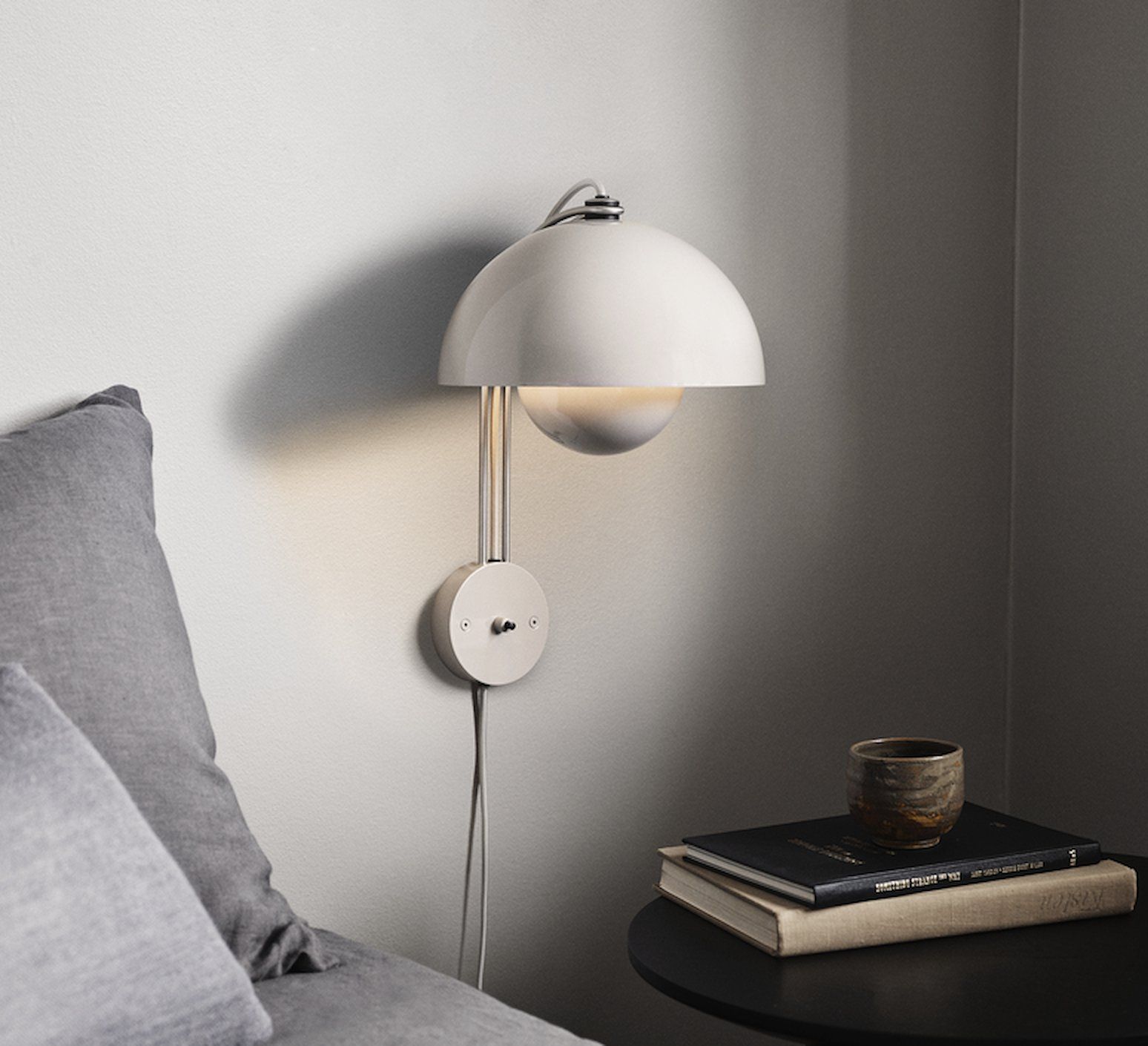
Inclusive Design
I’ve seen this table many times, and I find it very inspiring every time I see it. It’s hard to empathize with people who have disabilities, and when we design things, we make it easy for some people but difficult for everyone else. Creating with accessibility in mind will always benefit everyone, not just people who have permanent disabilities.
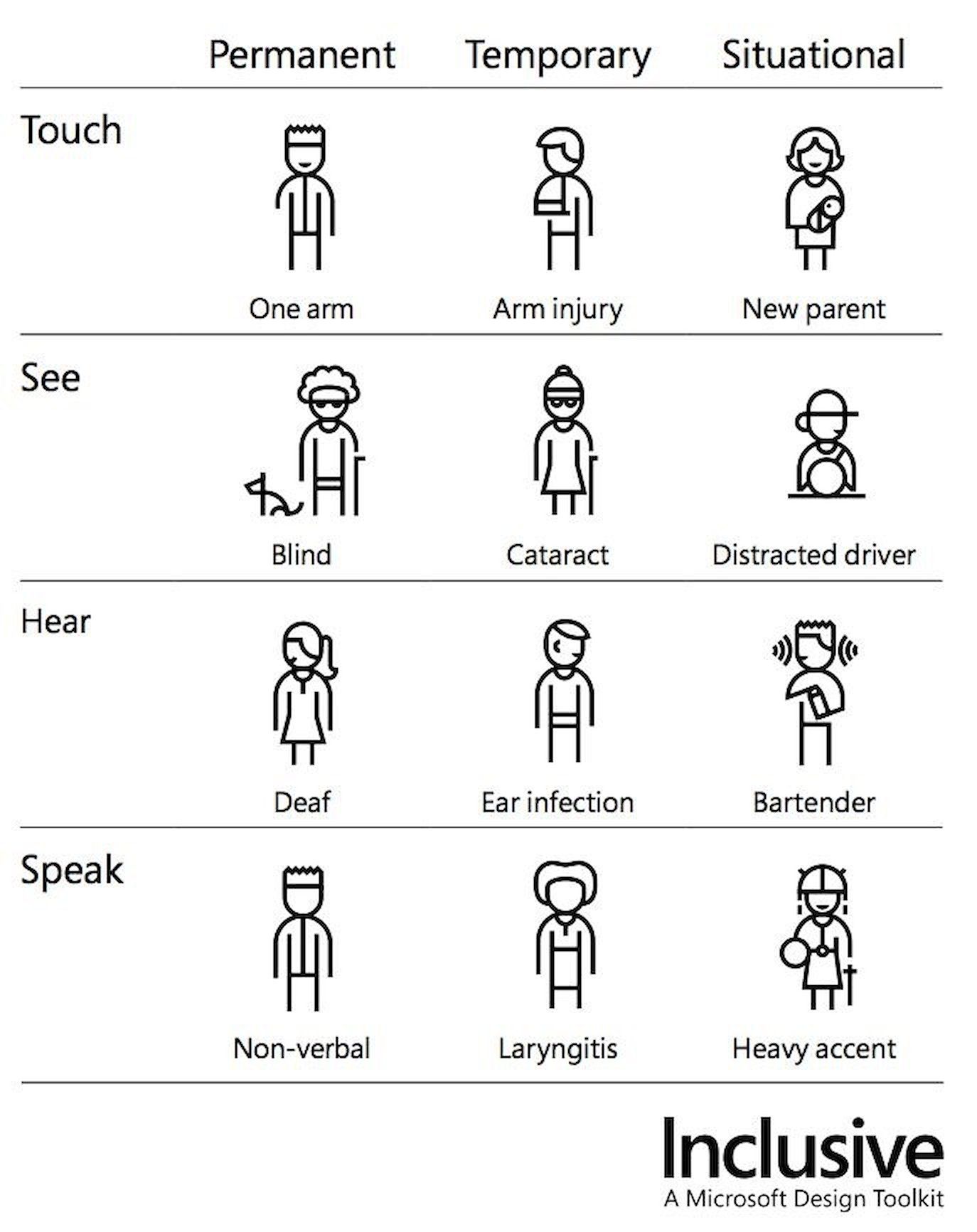
For example, I’m Deaf person, and I use hearing aids all the time. So I rely a lot on close captions. However, I know that people can get temporarily deaf by having an ear infection or might be in places where it’s too loud to hear each other (a bar, airports, etc..)—so having closed captions part of your product (i.e., Streaming) always pays off.
Microsoft includes a Toolkit, a comprehensive introduction to the world of inclusive design. Check it out: https://www.microsoft.com/design/inclusive/
Patterns of Distributed Systems
Distributed systems are hard to design. In a distributed system, components are located on different networked computers, and they communicate by passing messages to one another, either directly or by intermediate systems (also called brokers).

The article from Unmesh Joshi provides several patterns and frameworks to implement distributed systems. It shows problems that might happen and solutions to some issues in distributed systems.
Pictures from Home
The book “Pictures from Home” by Larry Sultan is something that I believe everyone should carry in their home library. It’s warm and cozy but also slaps in your face the fact that we get old, our parents get old, and that all good things end.
I wake up in the middle of the night, stunned and anguished. These are my parents. From that simple fact, everything follows. I realize that beyond the rolls of film and the few good pictures, the demands of my project and my confusion about it meaning, is the wish to take photography literally. To stop time. I want my parents to live forever. - Larry Sultan
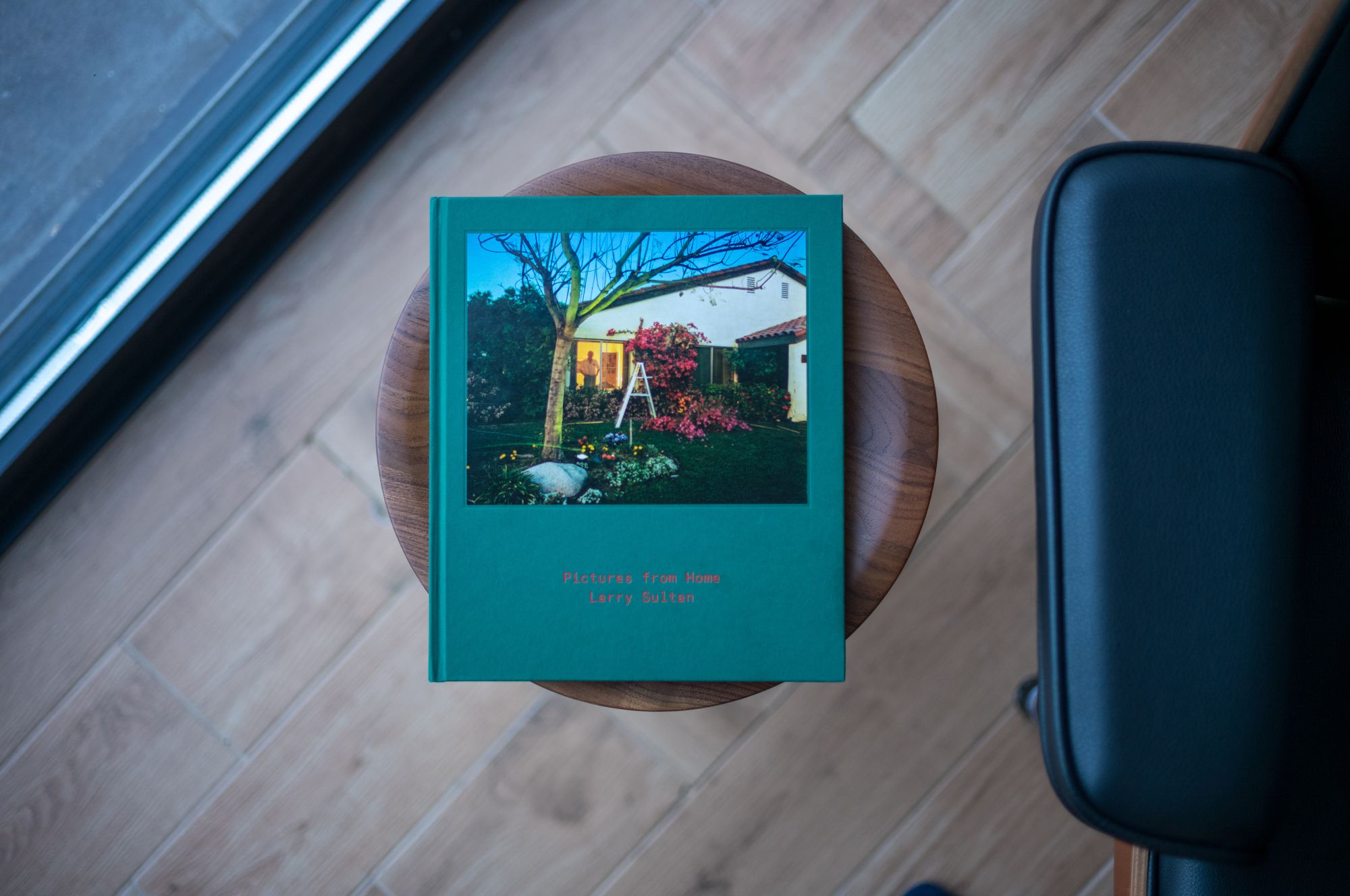
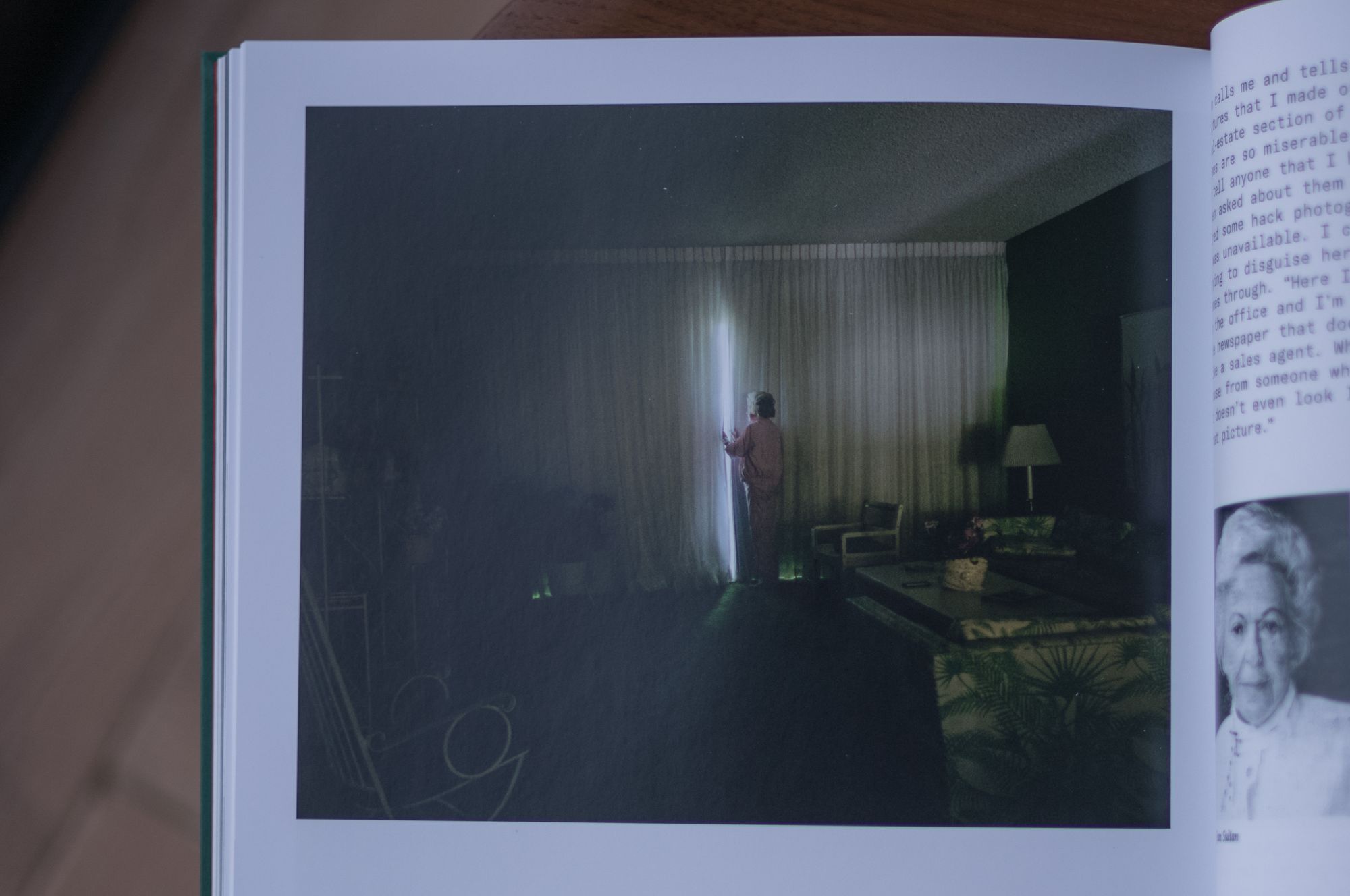
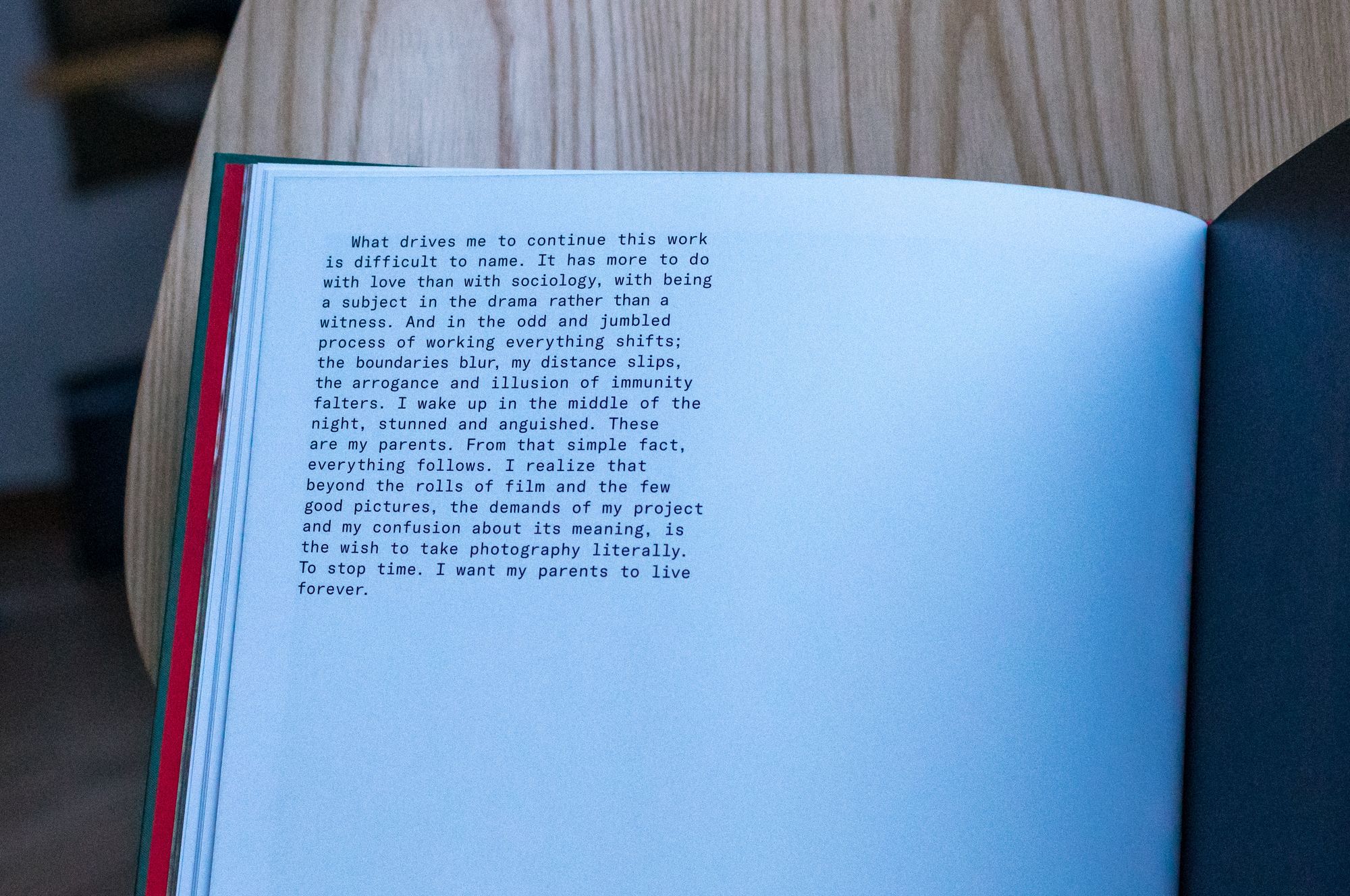
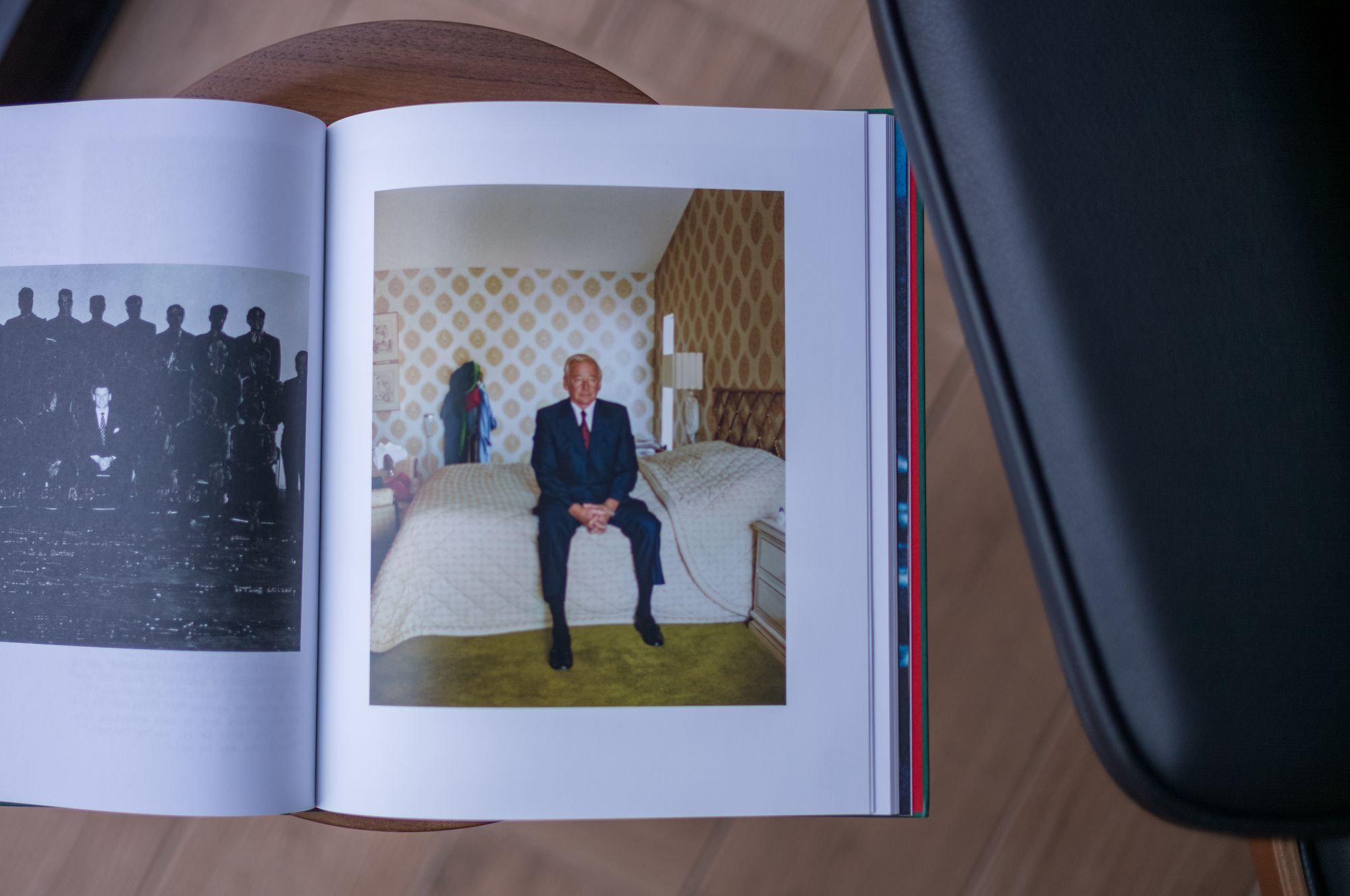
Last Flight Out
This is a captivating blog post about an IT professional living at Amundsen-Scott South Pole Station. He is applying for the job since 2017 and was finally accepted to be deployed to the South Pole station in 2022/2023. Check out his other blog posts, such as "Showering at the South Pole" and how they deal with "Frost".
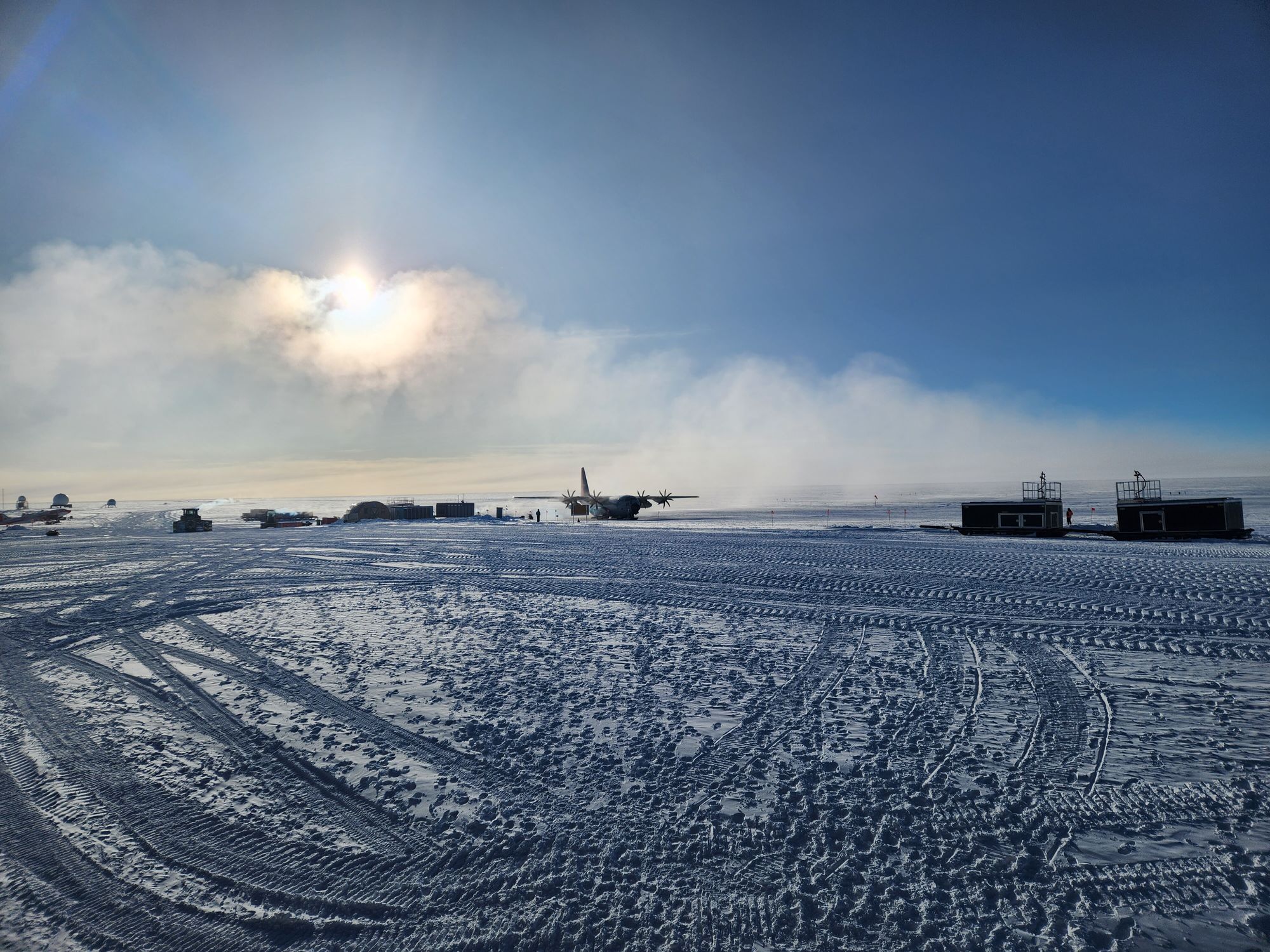
Faced with the rapidly-approaching polar winter, which promises bitterly cold temperatures and complete darkness, the station enters a 9-month period of complete and total isolation.
If you're interested in more content like this and notified of my latest essays, subscribe to my blog: